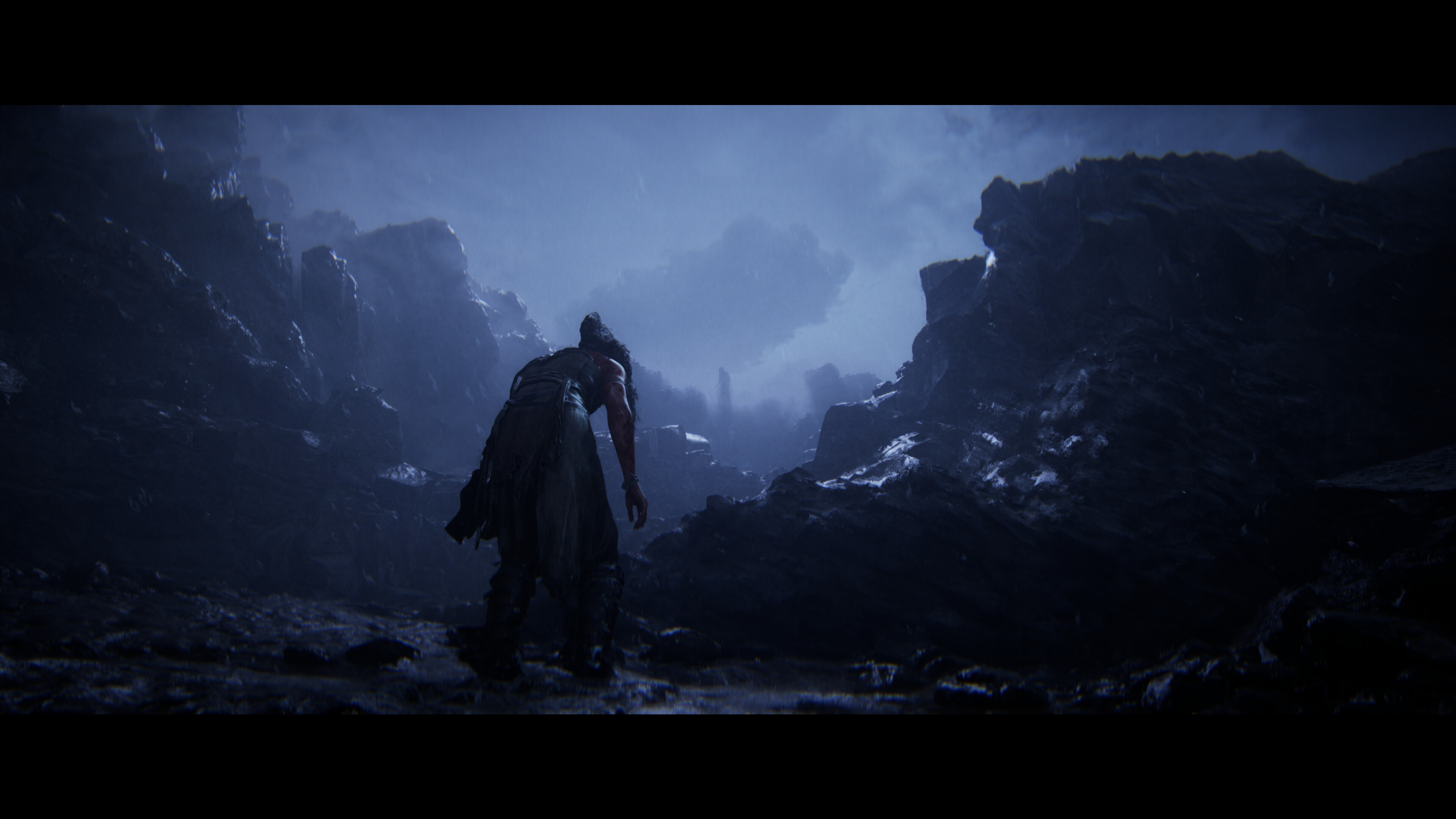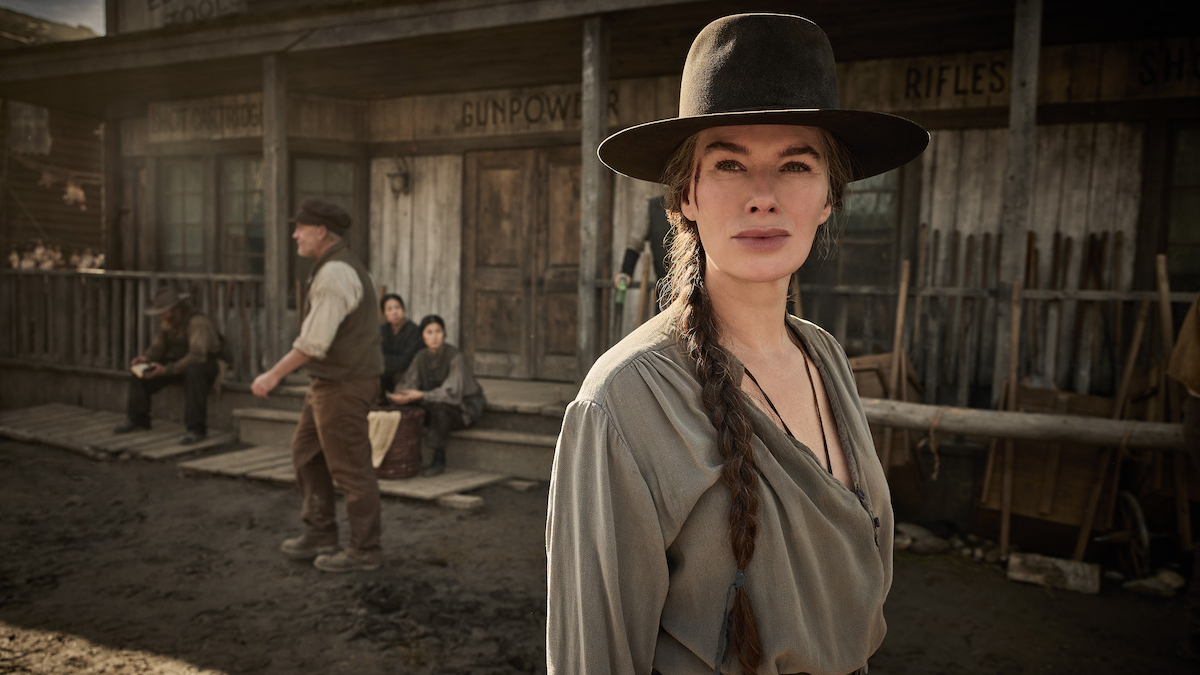Tom's Guide Verdict
I really wanted to love Senua’s Saga: Hellblade II. The story is gripping, and the visuals and sound design are unmatched by any game of this console generation. However, with very restrictive gameplay that feels visceral at first but gets tedious fast, you start to realize that this feels more like a tech demo with a great plot.
Pros
- +
The best-looking game I’ve ever seen
- +
The best-sounding game I’ve ever heard
- +
Story will hit you square in the feels
Cons
- -
Combat feels so restricted
- -
Tedious puzzle gameplay
- -
Very short at 6 hours
Why you can trust Tom's Guide
Platforms: PC, Xbox Series X/S
Price: $49
Release Date: May 21, 2024
Genre: Action Adventure
I’ll be honest. Senua's Saga: Hellblade II has been the hardest game for me to review in my many years of doing this.
There are as many reasons for me to have given this full marks as there are to go all the way to the other end of the scale. The conflicting voices in my head all centered around one key question: where’s the game?
This is a visual and aural spectacle — the first game that truly feels like a next-gen title (a whole 3.5 years after the new generation started) with an incredible presence to see and hear, but where’s the game?
A (mostly) well-crafted story grabs you by the scruff of the neck and drags you into its world of sheer physical and psychological brutality, with a truly evocative tale that pays off so sweetly. But, I ask again, where’s the game?
Let me be clear — this isn’t necessarily a diss on the six-hour runtime. I will always be in support of quality over quantity (looking at you, final act of The Last Of Us Part II). But to someone who adored Senua’s first adventure, I was left watching the credits roll with a conflicted sense of disappointment.
A sequel to a game like this needs evolution in its gameplay. Instead, we get stripped-down combat and tedious puzzles that only serve as frustrating breaks from seeing where the journey goes. Hellblade II looks and sounds incredible (thanks to Unreal Engine 5), and tells a short but impactful story that sticks with you, but once more, where’s the game? Let’s try and find it.
Senua’s Saga: Hellblade II: The Basics
- What is it? A linear third-person action-adventure title set in Viking Iceland.
- Who is it for? Hellblade II is for those who love to get whisked away with a good story, without much gameplay challenge.
- What’s the price? To buy upfront, this is a full-price title at $50/£50. But it is available to play via Xbox Game Pass.
- What other games has the developer made? Ninja Theory didn’t just make the original Hellblade (Senua’s Sacrifice), the team was responsible for other gems such as DMC: Devil May Cry, Heavenly Sword, and the interesting 4v4 title Bleeding Edge.
- What games is this similar to? It’s hard to find something that is exactly akin to Hellblade, but I can throw up some games that give similar vibes, such as A Plague Tale: Requiem for its narrative experience, as well as What Remains of Edith Finch for the game being purely a vehicle for storytelling. Gameplay is a far more rudimentary version of what is seen in God of War: Ragnarok, and as I mentioned above, this short glimpse of visual beauty feels like a tech demo akin to The Order: 1886.
Gives you hell

I’m not going to divulge a single element of the story, as Senua’s second tale is best enjoyed completely blind. Put simply, this is yet another gripping tale of psychosis and inner turmoil that will have you questioning what’s real and what’s just in your head — perfectly backed up by a visual and aural presentation (more on that later).
Get instant access to breaking news, the hottest reviews, great deals and helpful tips.
Additional characters are a little awkwardly placed here, and the character development just isn’t possible within a short six-hour runtime. Plus, the final third can start to feel a little rushed, but the payoff at the end feels oh-so-satisfying and raises a lot of questions that only eager-eyed players hunting for lore will find answers to.
Speaking of, this next bit is more of a word to the wise than a spoiler. Make sure you’re looking for all the additional lore poles (known as Lorestangir) and replay the game a couple of times. There are alternative narrators that really start to give the story a more fascinating context.
From the delicate treatment of psychological trauma to the big emotionally evocative beats of this tale, I loved the journey this mature narrative took me on.
Yes, this is all real-time

To tell this story, Ninja Theory leans on two key technologies — Unreal Engine 5 and binaural audio. The result is the best-looking and sounding experience I’ve witnessed. No, that is not hyperbolic.
It’s not even in some big showy way, like how CD Projekt Red went big on ray tracing in Cyberpunk 2077. Rather, every single detail feels intricately crafted and core to the plot development. No stone in this brutal Icelandic landscape is left unturned, and I was mesmerized.
Now, I could go all into what tech is driving this beauty, from Nanite giving every element an almost photographic-like quality, to the Lumen lighting system that gives everything a filmic depth. Instead, I’m just going to share two key moments (spoiler-free) where I was left absolutely stunned by watching/hearing all of this come together.

First was the opening few minutes. Yes, it’s a glorified walking sim (more on the gameplay later), but from seeing the incredibly realized facial expressions on Senua and her nemesis, to the rain splashing off every individual stone of the rugged Icelandic coastline and the waves crashing in with real ferocity, there is a brutal beauty to everything.
Combine that with the voices in Senua’s head surrounding you and feeling as if someone is whispering gently into your ear, and you’ve got a helluva opener that hits each sense and makes a lasting impression. This quality of presentation exists throughout, and I would be shocked if I didn’t see Melina Juergens win big at The Game Awards for her incredible performance as a psychologically torn character.
Secondly, there’s a photo mode in the game. It appears rather ordinary at first, but when you see how the real-time graphics react to your tweaks such as adding key lights or weather conditions, you're able to fully appreciate the gorgeous graphics. Every rock refracts and reacts to the lighting, Nanite detail shows every dirt-clogged pore on Senua’s face with shocking impeccable detail. Most importantly, in the heat of the moment, this tech is used for storytelling — it’s not just a good-looking experience for the sake of it.
Hellblade II is a paradigm shift for real-time graphics and a new standard-bearer for sound design. But as any gamer will know, the presentation is half the story, which leads me to my biggest bugbear.
More theme park ride than game

I need to go back to when I played the first Hellblade. In three words, I would describe Senua’s Sacrifice as “simple but satisfying” in the gameplay department.
This time around, combat feels very bare bones on paper, but without explanation from the original game, you’re left to your own devices to discover the finer details. Namely, there are various combos, dodge attacks, and parries you can do that really vary up your battle tactics. On top of that, the fact the voices in your head warn you of any secondary enemies behind you is a fantastic bit of interactive storytelling.
As for puzzles, I could tell that Ninja Theory was onto something here. The focus-based puzzles of lining up pieces of the scenery to unlock the next section were fascinating but very one-note.
So my wishlist heading into the sequel was simple:
- Lean more into the multi-enemy combat and psychosis guiding you through it
- Maybe add a new weapon with its own set of attack/dodging types to discover
- Approach the focus-based puzzle with more variety in mind
And what did we get? A dumbed-down puzzle structure and far more restricted combat that feels almost as awkward as when you watch pro wrestlers look on and wait to receive a Stone Cold Stunner one by one.

Let’s start with the fighting. It looks good and feels crunchy because of the sound effects, and narrowing the parry window does add a tiny bit of challenge to this aspect. But in my time experiencing this, combat was essentially a rudimentary set of one-on-one skirmishes with no variety whatsoever. No additional weapons (beyond the spear fighting the giant), and even stripping the implementation of multiple enemies I loved from the first game out of it.
Turning my attention to puzzles, I’d be lying if I didn’t say there were some that I enjoyed. The focus-based obstacles do still feel unique to Hellblade. But while the first game was relatively simple, Hellblade II is even easier, as a subtle camera lock gives away where the solution is. It turned these moments into very tedious breaks from the next chapter in Senua’s story.
It’s almost as if Senua’s Saga took one step forward in the visual presentation of gameplay, but two steps back in the gameplay itself.
Senua’s Saga: Hellblade II verdict

Senua's Saga: Hellblade II is a great Game Pass game and a technical tour de force with a captivating story.
In the incredibly brief romp through this linear-but-beautiful landscape, I took regular breaks hoping for maybe a new weapon with new mechanics to spice things up, or some fresher takes on the focus-based puzzles to make it stand out more. Instead, I was left feeling conflicted.
My heart and soul give the storytelling and presentation an easy five stars. It will definitely win awards for its craft. But after putting the controller down, my head and hands couldn't agree with my heart. In the end, I'm still left with one simple question: where’s the game?

Jason brings a decade of tech and gaming journalism experience to his role as a Managing Editor of Computing at Tom's Guide. He has previously written for Laptop Mag, Tom's Hardware, Kotaku, Stuff and BBC Science Focus. In his spare time, you'll find Jason looking for good dogs to pet or thinking about eating pizza if he isn't already.

